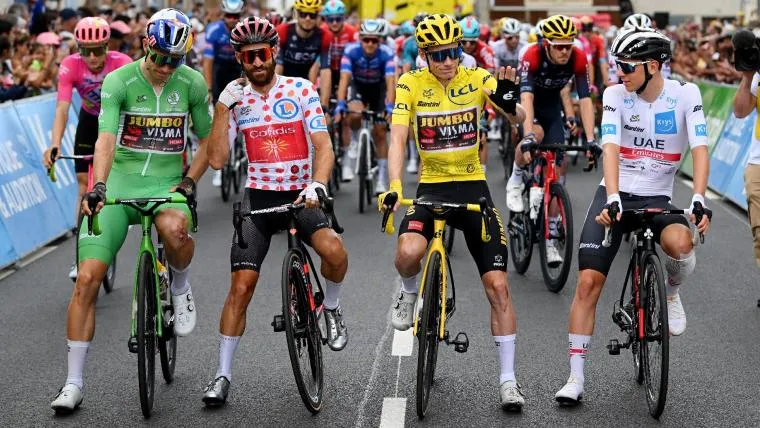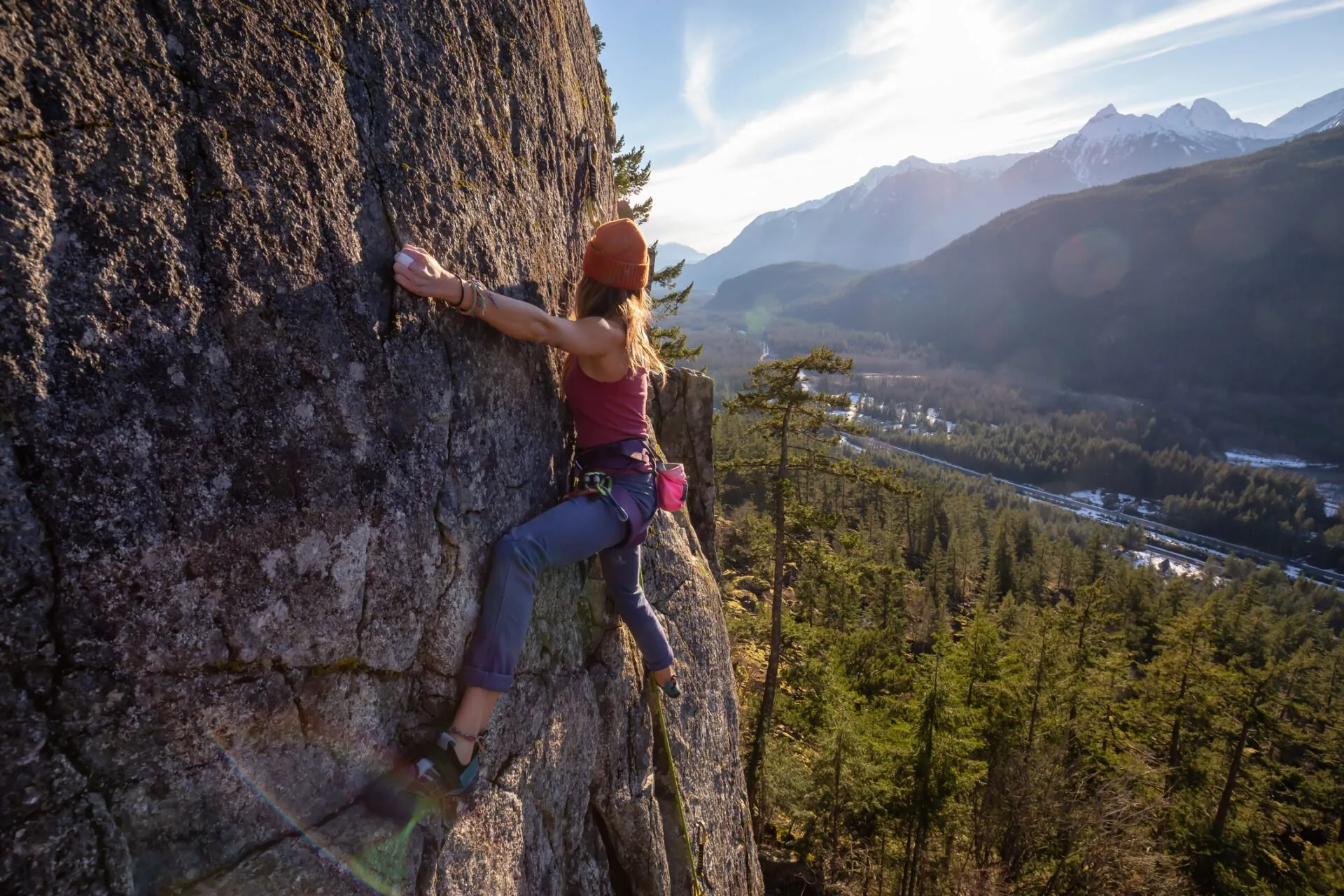
The Tour de France is one of the most iconic and highly anticipated events in the cycling world. It is a grueling competition that spans over three weeks, covering almost 3500 kilometers across France and its neighboring countries. The race consists of 21 stages, each with its unique challenges and terrains, making it a true test of endurance, skill, and strategy for all the riders.
As a spectator or a cycling enthusiast, understanding the different stages of Tour de France can make the viewing experience more engaging and exciting. In this article, we will delve into the different stages of Tour de France, exploring their challenges, highlights, and what makes them stand out from the rest.
Overview of the Tour de France Stages

Before we dive into the details of each stage, let us first understand the structure and format of Tour de France. The race usually starts with a short time trial, followed by flat sprint stages, mountain stages, and individual and team time trials. The order and number of stages may vary each year, but the overall format remains the same.
Time Trial: The Race Against the Clock
Time trials are perhaps the most straightforward and simplest stages of Tour de France, where riders compete against the clock rather than each other. In this stage, riders start at fixed intervals and aim to cover the course in the shortest time possible. Time trials can be either individual or team, with the latter being a rare occurrence in recent years.
In an individual time trial, riders go solo and race against the clock, while in a team time trial, teams compete against each other to finish the course in the shortest time. Time trials require a high level of focus, concentration, and pacing as riders have no one to draft behind, making it a true test of their individual skills.
One of the notable time trials in recent years was the stage 20 of the 2018 Tour de France, where riders had to cover a distance of 31 kilometers from Saint-Pée-sur-Nivelle to Espelette. The course was relatively flat, with a slight uphill towards the end, making it a challenging and exciting race against the clock.
Sprint Stages: A Battle for Speed
Sprint stages are perhaps the most thrilling and explosive stages of Tour de France. These stages usually take place in the first week of the race and consist of flat terrains, allowing sprinters to showcase their speed and power. In these stages, riders form a peloton, riding close together to reduce wind resistance, and sprint towards the finish line at high speeds.
One of the most iconic sprint stages in recent years was stage 4 of the 2020 Tour de France, where riders had to cover a distance of 160.5 kilometers from Sisteron to Orcières-Merlette. The stage was won by Norwegian rider Alexander Kristoff, who edged out his competitors in a thrilling sprint finish, showcasing his impressive speed and tactics.
Mountain Stages: Conquering the High Altitudes
Mountain stages are considered the ultimate test of endurance and climbing skills for riders in Tour de France. These stages usually take place in the second and third week of the race, covering hilly and mountainous terrains that can reach altitudes of over 2000 meters. The steep inclines, long ascents, and high altitudes make these stages physically demanding and mentally challenging for the riders.
The most famous mountain stage in Tour de France is undoubtedly the legendary Alpe d’Huez, which has been featured over 30 times in the race’s history. This 13.8-kilometer climb with an average gradient of 8.1% is often referred to as the “Hollywood Climb” due to its popularity among the spectators and its iconic 21 hairpin turns.
Individual Time Trial: A Battle of Strength and Endurance
Individual time trials are similar to the team time trials, except that riders compete against each other rather than as a team. These stages usually take place towards the end of the race and can have a significant impact on the overall standings, making them crucial for riders aiming for the top spots in the race.
One of the most memorable individual time trials in Tour de France was stage 20 of the 2019 race, where riders had to cover a distance of 36.2 kilometers from Albertville to Val Thorens. The stage featured a 33-kilometer climb with an average gradient of 5.5%, making it one of the longest and toughest time trials in recent years.
Team Time Trial: The Power of Teamwork
Team time trials are a rare occurrence in Tour de France, with only a few being featured in the race’s history. In these stages, teams of eight riders race against the clock, taking turns pulling at the front to maximize their speed and efficiency. Team time trials require strong communication, coordination, and teamwork, as the success of the team depends on every member’s contribution.
The most recent team time trial in Tour de France was stage 3 of the 2018 race, where riders had to cover a distance of 35.5 kilometers from Cholet to Cholet. The course was relatively flat, but the heavy rain and wet roads made it challenging for the teams to maintain their speed and balance, adding an extra level of difficulty to the race.
Rest Days: A Break from the Grueling Race
Although not technically a stage, rest days play a significant role in Tour de France. These are scheduled days off for the riders that allow them to recover and recharge for the remaining stages of the race. Rest days usually take place after the first week and towards the end of the race to give riders a break from the intense physical demands of the race.
Rest days are also crucial for teams and riders to strategize, re-evaluate their performance, and make necessary changes before heading into the next stages. It also gives riders a chance to explore the host cities and interact with their fans, adding a unique aspect to the overall Tour de France experience.
The Highlights of Each Stage in Tour de France

Now that we have explored the different types of stages in Tour de France let us take a closer look at the highlights of each stage, and what makes them stand out in the race.
The Prologue: A Short Time Trial to Set the Pace
The prologue is the opening stage of Tour de France, usually covering a short distance of around 10 kilometers. This stage acts as an introduction to the race, setting the pace and tone for the rest of the competition. It also helps determine the order in which riders start the race, with the fastest rider starting last.
One of the most memorable prologues in recent years was the stage 1 of the 2017 Tour de France, where riders had to cover a distance of 14 kilometers from Düsseldorf to Düsseldorf. The course featured a mix of flat and technical sections, making it a challenging and exciting start to the race.
Flat Stages: A Platform for Sprinters
Flat stages are the favorites among sprinters, as these stages offer them the best opportunity to showcase their speed and power. These stages usually have a flat terrain, allowing riders to maintain high speeds, and often end with a thrilling sprint finish. Flat stages are also crucial for teams aiming to win the Green Jersey, awarded to the best sprinter in the race.
One of the most exciting flat stages in Tour de France was stage 11 of the 2016 race, where riders had to cover a distance of 162.5 kilometers from Carcassonne to Montpellier. The stage featured a flat course, but the strong crosswinds made it challenging for riders to maintain their speed and balance, resulting in several crashes and a thrilling sprint finish won by British rider Mark Cavendish.
Hilly Stages: A Combination of Flat and Mountain Terrain
Hilly stages offer a unique blend of flat and mountain terrain, making them unpredictable and exciting for both riders and spectators. These stages usually have a series of undulating hills, steep climbs, and fast descents, testing riders’ endurance and versatility. In these stages, both climbers and sprinters have an equal chance of winning, making them highly competitive.
Stage 9 of the 2018 Tour de France was a memorable hilly stage, where riders had to cover a distance of 156.5 kilometers from Arras to Roubaix. The stage featured a mix of cobbled roads, steep climbs, and flat sections, making it one of the most challenging and unpredictable stages in recent years.
Mountain Stages: The Ultimate Test of Climbing Skills

Mountain stages are considered the “queen” stages of Tour de France, as they offer the most challenging and demanding terrains for riders. These stages usually take place in the second and third week of the race and can reach altitudes of over 2000 meters. The steep inclines, long ascents, and high altitudes make these stages physically and mentally grueling for the riders.
One of the most iconic mountain stages in Tour de France is undoubtedly the Alpe d’Huez, which has been featured over 30 times in the race’s history. This 13.8-kilometer climb with an average gradient of 8.1% is often referred to as the “Hollywood Climb” due to its popularity among the spectators and its iconic 21 hairpin turns.
Individual Time Trials: A Battle Against the Clock
Individual time trials are a true test of an individual’s skills and endurance, as riders race against the clock rather than each other. These stages usually take place towards the end of the race and can have a significant impact on the overall standings, making them crucial for riders aiming for the top spots in the race.
One of the most memorable individual time trials in Tour de France was stage 20 of the 2019 race, where riders had to cover a distance of 36.2 kilometers from Albertville to Val Thorens. The stage featured a 33-kilometer climb with an average gradient of 5.5%, making it one of the longest and toughest time trials in recent years.
Team Time Trial: A True Test of Teamwork
Team time trials are a rare occurrence in Tour de France, but they offer a unique and exciting element to the race. In these stages, teams of eight riders race against the clock, taking turns pulling at the front to maximize their speed and efficiency. Team time trials require strong communication, coordination, and teamwork, as the success of the team depends on every member’s contribution.
The most recent team time trial in Tour de France was stage 3 of the 2018 race, where riders had to cover a distance of 35.5 kilometers from Cholet to Cholet. The course was relatively flat, but the heavy rain and wet roads made it challenging for the teams to maintain their speed and balance, adding an extra level of difficulty to the race.
Conclusion: An Exciting and Grueling Race
Tour de France is undoubtedly one of the most demanding and entertaining events in the cycling world. Its diverse and challenging stages make it a true test of endurance, skill, and strategy for all the riders. From sprint stages that showcase explosive speed to mountain stages that demand unwavering perseverance, each stage offers its unique challenges and highlights, making Tour de France a must-watch for all cycling enthusiasts.
So the next time you tune in to watch the Tour de France, remember the different types of stages, their highlights, and what makes them stand out from the rest. It will undoubtedly enhance your viewing experience and give you a deeper understanding of this iconic race.
Để lại một phản hồi